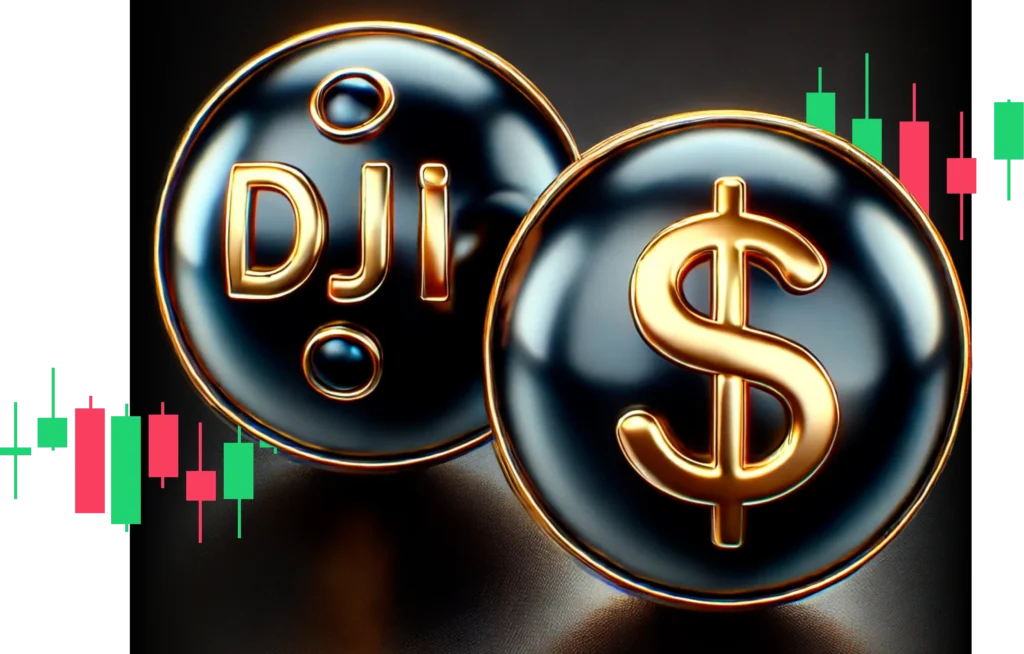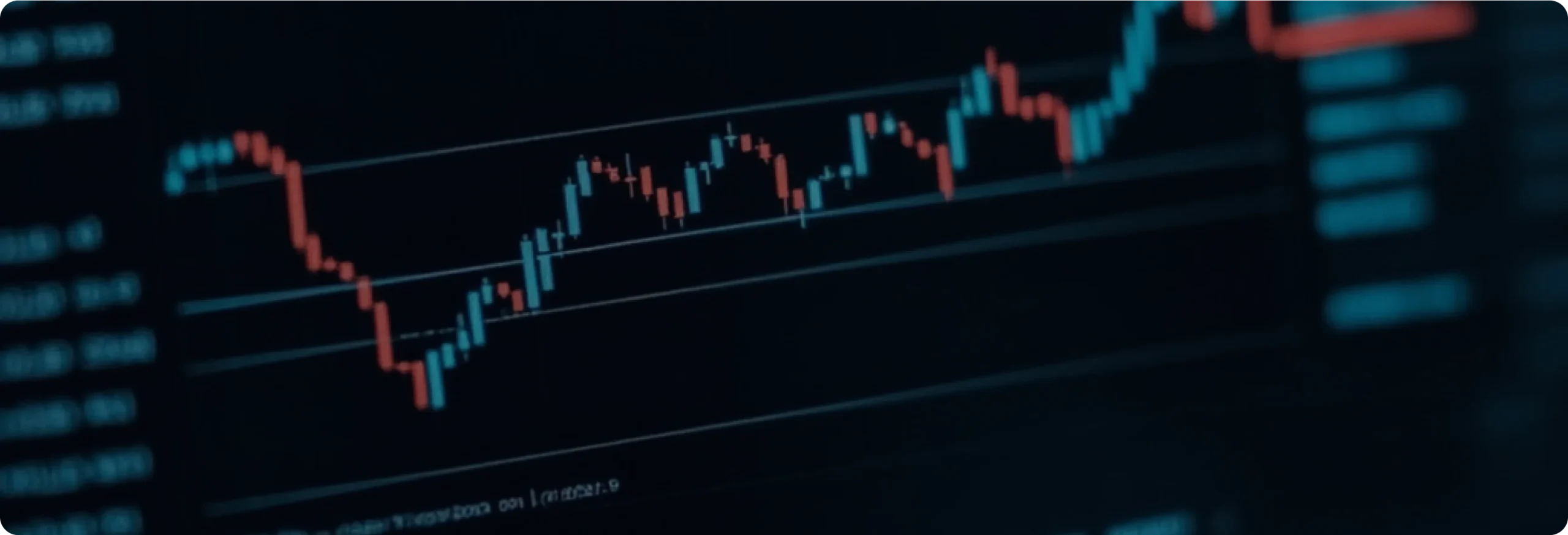A Weak Start for the Dow in December
While the Nasdaq and S&P 500 began December on an upward trajectory following the excitement of the November elections, the Dow Jones underperformed, kicking off the month with declines during the first two weeks. This divergence stems from the stronger performance of technology companies, which have a greater influence on indices like the Nasdaq than the Dow.
Rising expectations of a Federal Reserve rate cut have fueled market volatility, as investors remain cautious about the timing and impact of potential rate reductions. Key consumer inflation data will likely influence the Fed’s rate decisions, creating further uncertainty. The Dow, heavily weighted toward industrial and traditional stocks that are more sensitive to interest rate changes, has been more adversely affected compared to other indices. Disappointing results from companies like Oracle and underwhelming performance in sectors such as utilities have further contributed to the Dow’s struggles.
Should inflation data exceed expectations and influence the Fed to delay its dovish stance, selling pressure on the Dow could intensify.
Technical Analysis – Dow Jones (DJI/USD)
- Buy Plan:
The 44,074 level serves as a critical support zone for the Dow. As long as the index remains above this level, any dip could present a buying opportunity, with potential targets at 44,813, 45,149, and possibly 45,430 as the next major high.- Sell Plan:
If the 44,074 level fails to hold as support, the Dow could face further declines, targeting 43,345 and 43,107.
Summary of the Analysis
Following the election-related excitement in November, the Dow lagged behind the Nasdaq and S&P 500. Its high sensitivity to interest rates has made the Dow more cautious amidst concerns over Federal Reserve rate cuts. If inflation surpasses expectations, selling pressure on the Dow could increase. The critical support level for the Dow stands at 44,074; maintaining this level could push the index toward 44,813, 45,149, and 45,430, while breaking it could lead to declines toward 43,345 and 43,107.




















